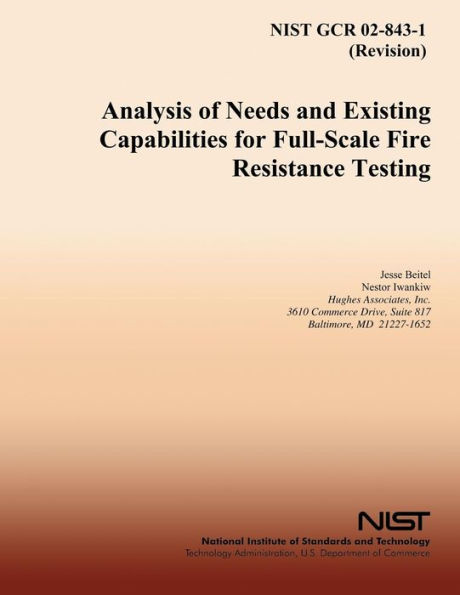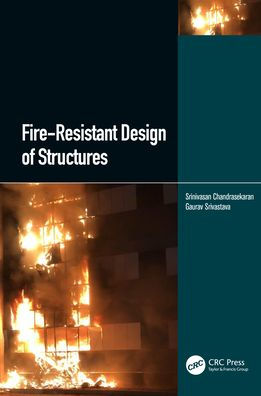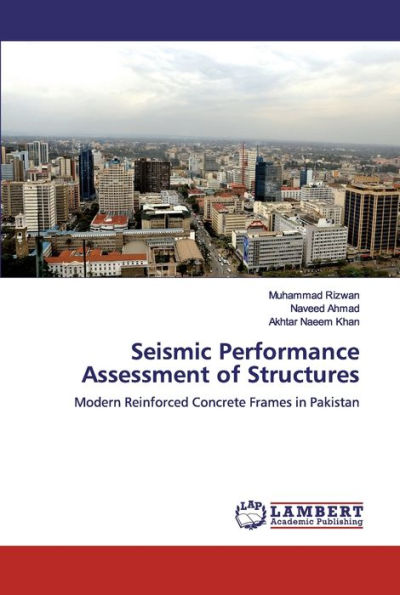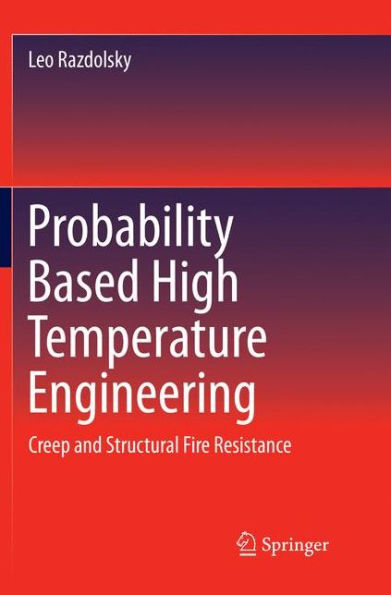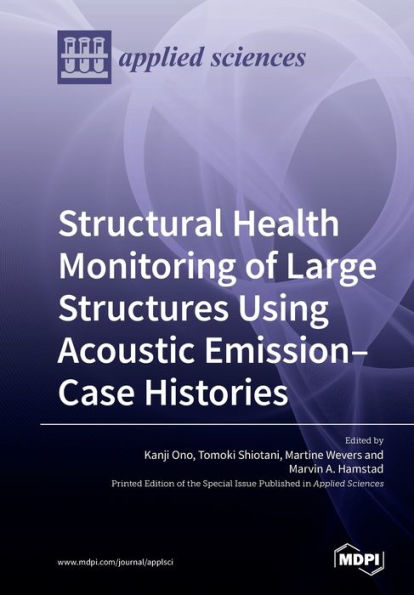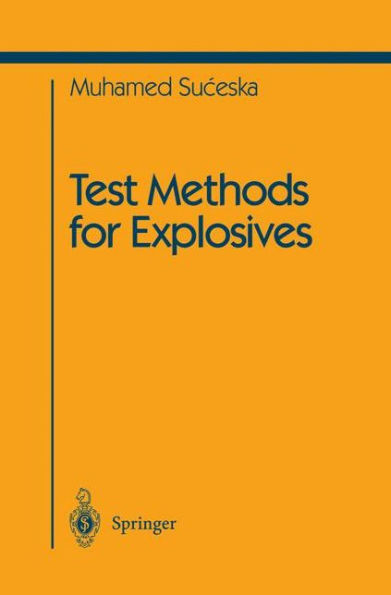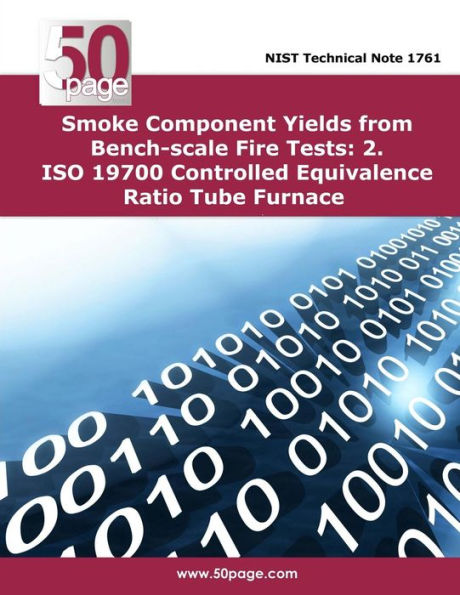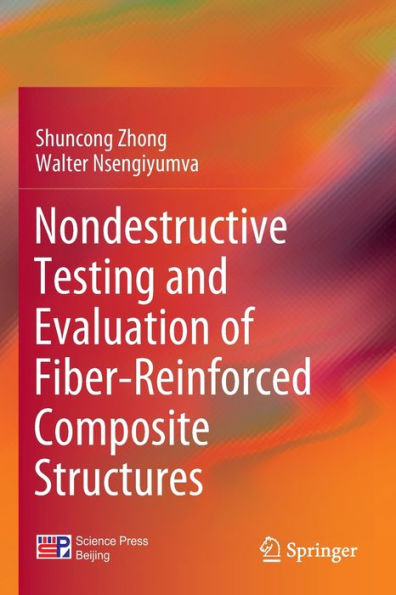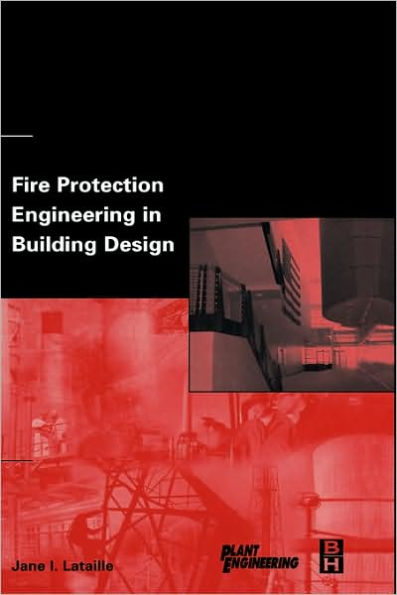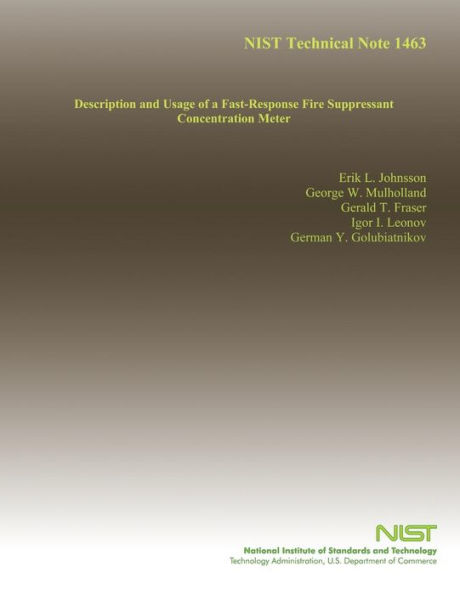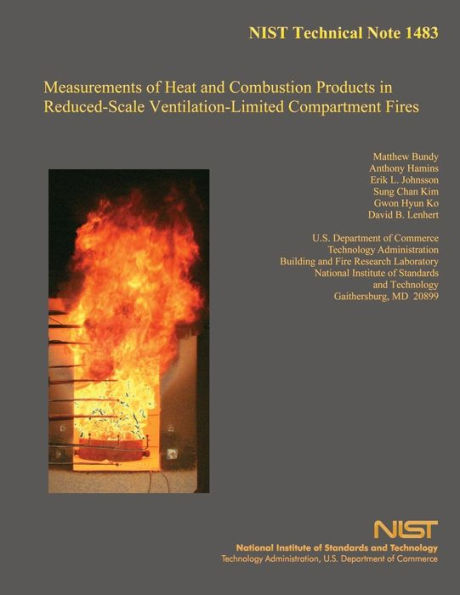Home
PASS Sound Muffle Tests Using A Structural Firefighter Protective Ensemble Method


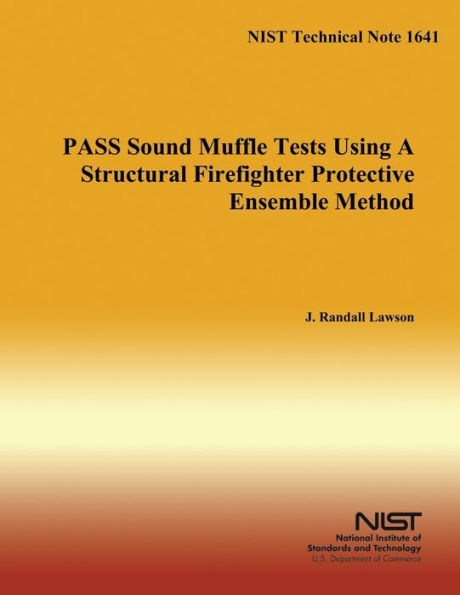
PASS Sound Muffle Tests Using A Structural Firefighter Protective Ensemble Method
Current price: $15.99
Loading Inventory...
Size: OS
The objective of this study was to better understand the relative change in sound level from an activated PASS when it is being used by a firefighter. The alarm signal sound level can be affected by a range of factors including location of PASS device on the firefighter (front, side, or rear), position of the firefighter (prone, supine, fetal), the volume of the room, the wall linings or materials, the presence of furniture or other objects, and background sounds. NFPA PASS Standard 1982 (2007) includes a muffle test where sound attenuation is measured in a sound chamber. While this allows each PASS device to be evaluated under carefully controlled conditions, the testing protocol includes only the location of the pass and the position of the firefighter. This study examined the attenuation of the alarm signal in a more typical room environment than a sound chamber. This study also documented typical background sound levels for fire apparatus, fire fighting equipment, offices, living room, and vehicles. Comparing the background sound levels with the sound attenuation data provides a better understanding as to whether the decreased sound levels will be distinguishable above background sounds.
